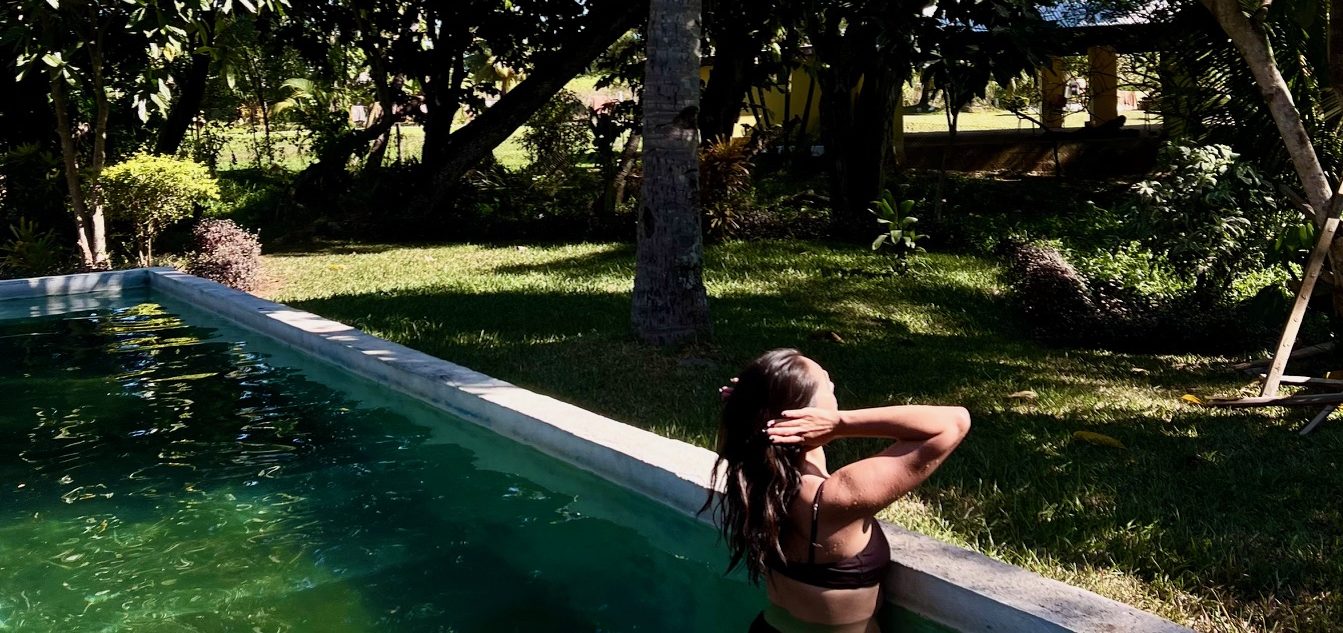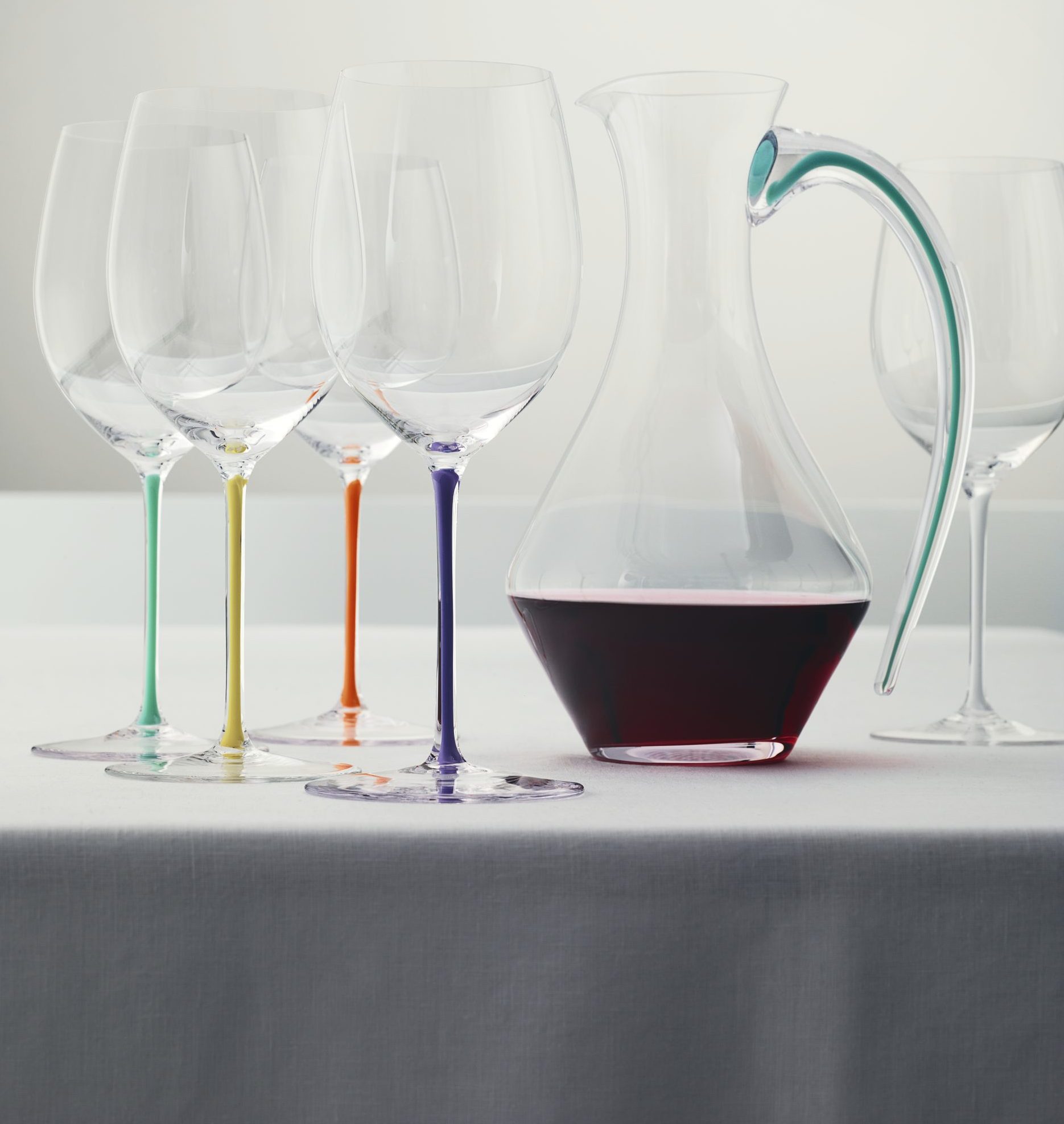RUMAH: BRIGHTON’S MODERN $11M MARVEL
Blending brutalist strength with warm, refined interiors, Rumah is a bold architectural statement in Brighton’s coastal enclave — a designer family home where luxury meets liveability.
Rumah means “home” in Indonesian and Malay, and it’s clear this designer property in Melbourne’s coveted beachside enclave of Brighton is a dream house in any language.
The uber-contemporary residence is a collaboration between builders Belot Property, Seidler Group architects, and the interiors team at Golden.
The result is a modern marvel that combines a brutalist concrete exterior ready to weather its coastal setting with inviting interiors using a mix of textures, from French oak to metal and brick finishes.
Just listed with Kay & Burton Bayside agents, Rae Mano, Matthew Pillios and Jamie Mi, the prestige property is on the market via a private treaty campaign with price expectations of between $10.5 million and $11.5 million.
Created to be a great entertainer while maintaining a level of discreet privacy, Rumah is, at its heart, a warm, family-friendly home that ticks all the boxes for detail-oriented design connoisseurs.
A palette of contradictions, Rumah blends angular and rounded forms, features hard steel and glass, and effortlessly incorporates the earthy finishes of brick and timber for a holistic sensory experience.
Beyond the oversized pivot door sits a large structural column wrapped in gold leaf, setting the tone for the rest of the residence. The three-storey layout offers a choice of multigenerational spaces, from the ground-floor everyday living level to the accommodation wing on the top floor and the large basement “clubhouse.”
At the heart of the home, a gourmet kitchen features a dramatic island bench, high-end appliances, and a full butler’s pantry. Multiple spaces feed off the kitchen, including a vast dining area and a large living room, which both spill out through full-height glazed doors to either a side barbecue terrace or the poolside deck to the rear.
Even the downstairs entertainer’s room – also known as the club – is effectively poolside thanks to an innovative glass viewing window framing swimmers and cleverly connecting the subterranean level to the rest of the home. This games room also houses a sophisticated bar, a wine cellar, integrated night club style lounge seating and a full bathroom.
Additionally, the lower floor features a hidden laundry room, two store rooms, direct access to a huge five-car garage with a convenient turning circle, and an extra bedroom or home office.
Via the private elevator, the top floor is dedicated to after-hours living. It has four spacious bedrooms, each with its own ensuite and walk-in wardrobes. In the luxurious primary suite, there is a hotel-inspired ensuite with a unique kidney-shaped freestanding bath and a dressing room.
Rumah’s added extras include warming indoor and outdoor fireplaces, automatic blinds, feature lighting, marble accents, bespoke wallpaper, built-in bedheads, an external spa and low-maintenance landscaped gardens.
Positioned on the corner of William and Halifax Sts, the 21st-century beach house is opposite William St Reserve, close to Brighton Primary School.
Rumah at 91 William St, Brighton is on the market via private sale with Kay & Burton Bayside and has a sales guide of $10.5 million and $11.5 million.
Records keep falling in 2025 as harbourfront, beachfront and blue-chip estates crowd the top of the market.
A divide has opened in the tech job market between those with artificial-intelligence skills and everyone else.
The 2026 McGrath Report warns that without urgent reforms to planning, infrastructure and construction, housing affordability will continue to slip beyond reach for most Australians.
Australia’s housing market has reached a critical juncture, with home ownership and rental affordability deteriorating to their worst levels in decades, according to the McGrath Report 2026.
The annual analysis from real estate entrepreneur John McGrath paints a sobering picture of a nation where even the “lucky country” has run out of luck — or at least, out of homes.
New borrowers are now spending half their household income servicing loans, while renters are devoting one-third of their earnings to rent.
The time needed to save a 20 per cent deposit has stretched beyond ten years, and the home price-to-income ratio has climbed to eight times. “These aren’t just statistics,” McGrath writes. “They represent real people and real pain.”
McGrath argues that the root cause of Australia’s housing crisis is not a shortage of land, but a shortage of accessibility and deliverable stock.
“Over half our population has squeezed into just three cities, creating price pressure and rising density in Sydney, Melbourne and Brisbane while vast developable land sits disconnected from essential infrastructure,” he says.
The report identifies three faltering pillars — supply, affordability and construction viability — as the drivers of instability in the current market.
Developers across the country, McGrath notes, are “unable to make the numbers work” due to labour shortages and soaring construction costs.
In many trades, shortages have doubled or tripled, and build costs have surged by more than 30 per cent, stalling thousands of projects.
Need for systemic reform
McGrath’s prescription is clear: the only real solution lies in increasing supply through systemic reform. “We need to streamline development processes, reduce approval timeframes and provide better infrastructure to free up the options and provide more choice for everyone on where they live,” he says.
The 2026 edition of the report also points to promising trends in policy and innovation. Across several states, governments are prioritising higher-density development near transport hubs and repurposing government-owned land with existing infrastructure.
Build-to-rent models are expanding, and planning reforms are gaining traction. McGrath notes that while these steps are encouraging, they must be accelerated and supported by new construction methods if Australia is to meet demand.
One of the report’s key opportunities lies in prefabrication and modular design. “Prefabricated homes can be completed in 10–12 weeks compared to 18 months for a traditional house, saving time and money for everyone involved,” McGrath says.
The report suggests that modular and 3D-printed housing could play a significant role in addressing shortages while setting a new global benchmark for speed, cost and quality in residential construction.
Intelligent homes
In a section titled Weathering the Future: The Power of Smart Design, the report emphasises that sustainable and intelligent home design is no longer aspirational but essential.
It highlights new technologies that reduce energy use, improve thermal efficiency, and make homes more resilient to climate risks.
“There’s no reason why Australia shouldn’t be a world leader in innovative design and construction — and many reasons why we should be,” McGrath writes.
Despite the challenges, the tone of the 2026 McGrath Report is one of cautious optimism. Demand is expected to stabilise at around 175,000 households per year from 2026, and construction cost growth is finally slowing. Governments are also showing a greater willingness to reform outdated planning frameworks.
McGrath concludes that the path forward requires bold decisions and collaboration between all levels of government and industry.
“Australia has the land, demand and capability,” he says. “What we need now is the will to implement supply-focused solutions that address root causes rather than symptoms.”
“Only then,” he adds, “can we turn the dream of home ownership back into something more than a dream.”
From mud baths to herbal massages, Fiji’s heat rituals turned one winter escape into a soul-deep reset.
By improving sluggish performance or replacing a broken screen, you can make your old iPhone feel new agai


























